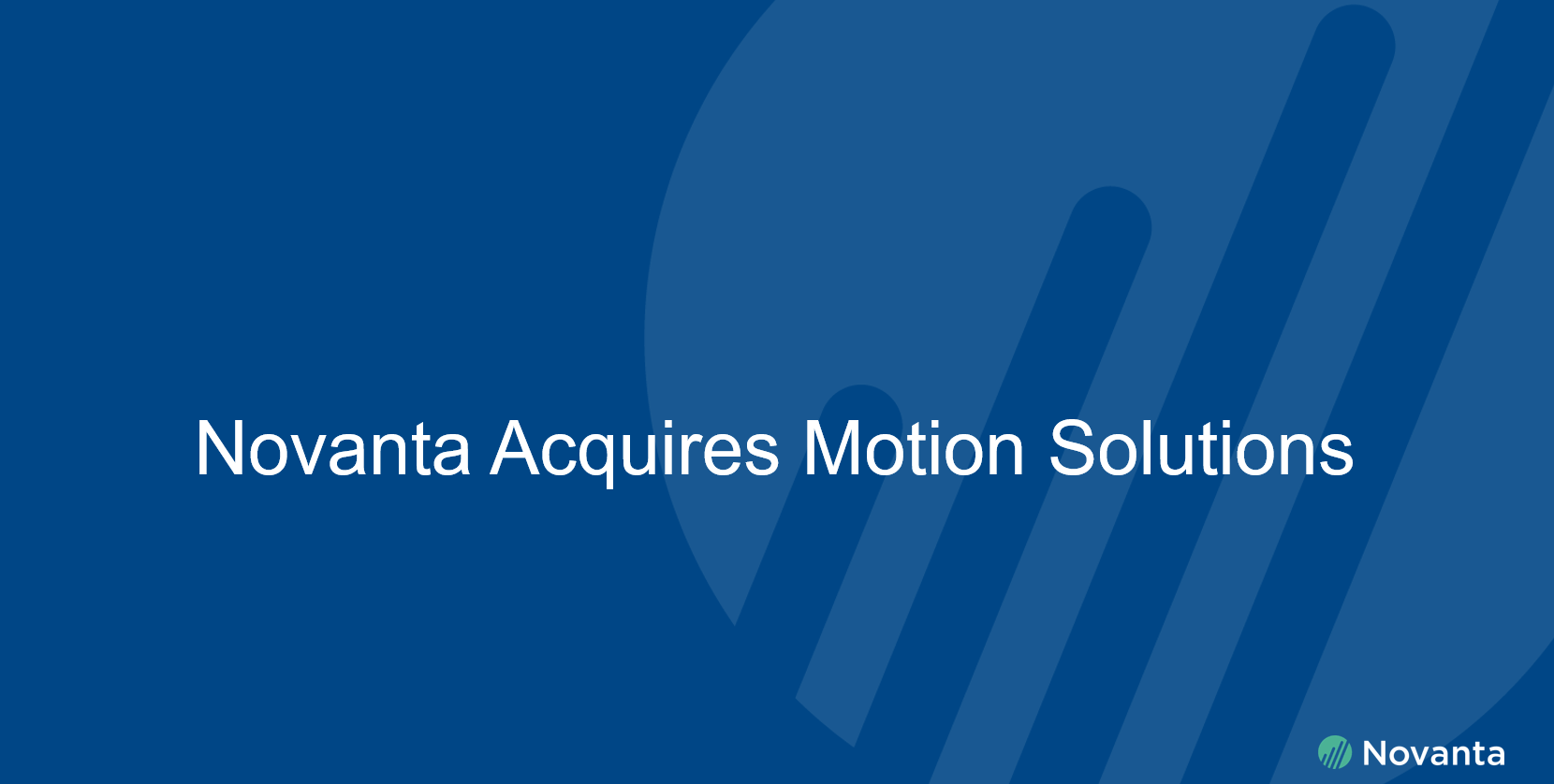Axis of motion and stage design are important requirements when choosing a system that fits a certain application. First, consider what planes of movement are most important. Nanopositioning systems have X, Z, XY, XYZ, and tip/tilt motion associated. Next, determine what travel range (see previous post for more on Travel Range) is necessary for each axis of movement.
This article will discuss different axes of motion available for flexure based piezo stages. Although a simple concept, planning the application with the piezo stage in mind will provide the best overall performance. When high specifications are required, a stage’s designed axis of motion can be a large factor in meeting these goals.
Z Axis Stages
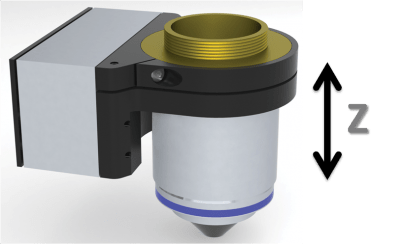
Certain stages are designed for travel specifically in the Z axis. The design of the stage is often key to achieving performance in different planes of motion. Z stages like the nPFocus are designed to move loads with and against gravity. A stage like the nPFocus can be use for both upright and inverted microscopes while carrying relatively heavy microscope objectives. In some instances it might be possible to use a Z stage in the X plane of motion however, this may greatly reduce the performance of the system.
X Axis Stages
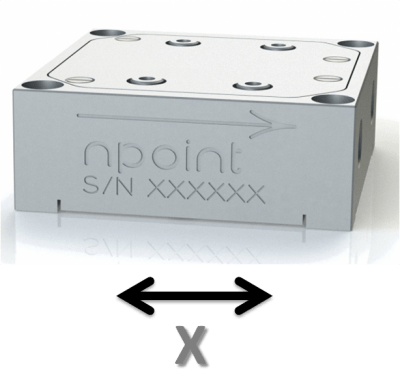
X axis stages like the nPX series are designed to move with high speed and precision on a horizontal plane of motion. These stages can also be used vertically but are designed to achieve the best specifications in a X range of motion. If used as a Z stage it will be important to orient the stage to ensure that the load properly works with the preload design of the stage. It will be important to talk with your technical representative to determine what orientation will work best for your application.
XY Axis Stages
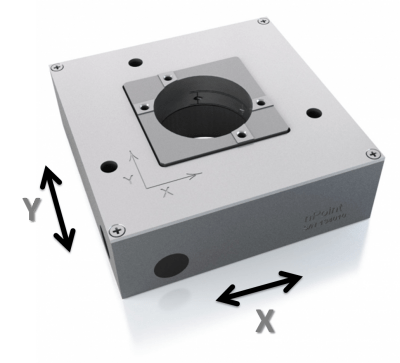
Similar to stages in the X plane of motion XY stages are designed to lie flat but can also be used in the vertical axis under certain circumstances. The correct orientation is key for performance in these instances. Load and center of mass are also critical when using a stage in a non tradition configuration.
XYZ Axis Stages
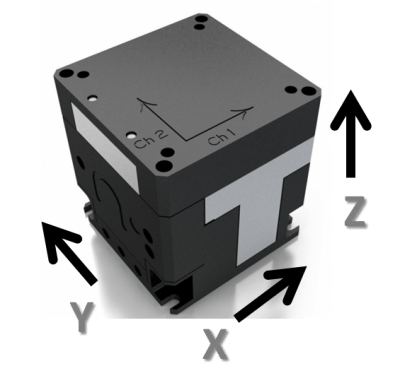
XYZ stages can be found in multiple travel ranges and configurations. As a three dimensional nanopositioner a sample can be moved into place in any plane desired. XYZ stages are available in many shapes and sizes. Stages designed for AFM applications often have longer XY axes and a shorter, faster Z. These types of stages are often used as closed-loop upgrades for commercially available AFM systems. This style of stage is also popular for use in optics and photonics applications and can include an aperture for flexible sample scanning.
Tip/Tilt Motion
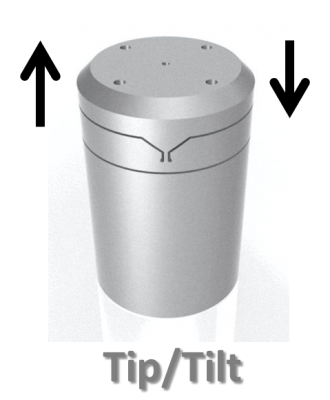
Some tip/tilt piezo stages are fundamentally different that other stages, as the flexures lie in the center of each axis while piezo force (either direct or amplified) is then used to move the stage to steer, stabilize, or deflect a light source. Other tip/tilt stages have differing designs that allow for XYZ as well as tip/tilt motion by using piezos positioned in such a way where each can work independently creating a complex, but effective nanopositioning motion controlled device.
Choosing the correct stage is very important to meeting the demands of applications which they are employed. It is important to understand how the stage is designed and how that particular design affects your project goals.
If you have any questions about stage design and axis of motion please contact nPoint to discuss your project specifications.




